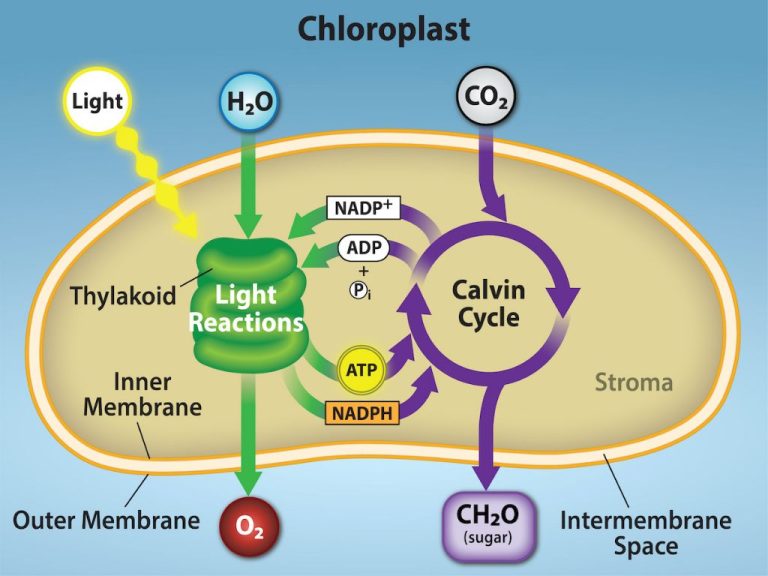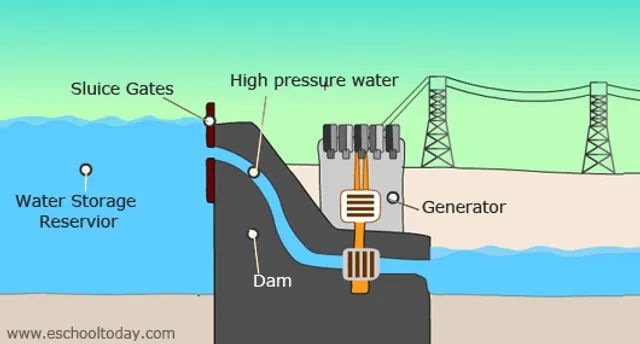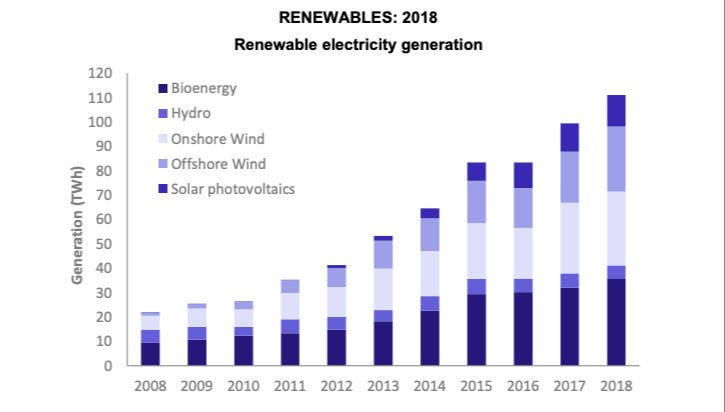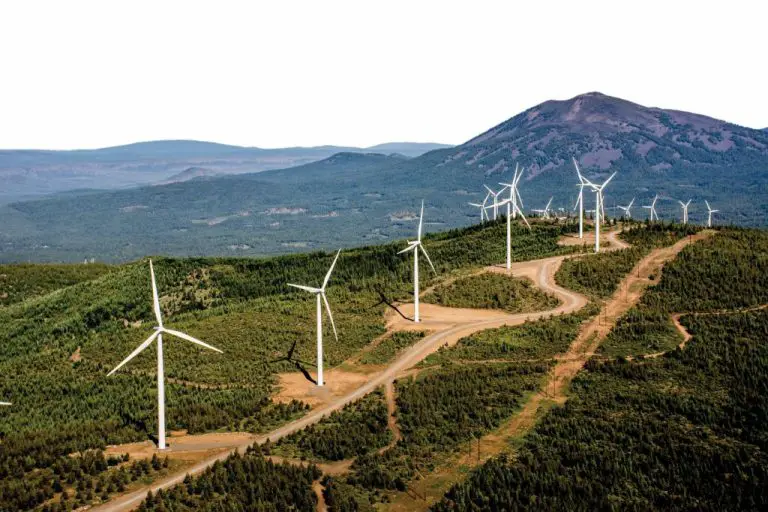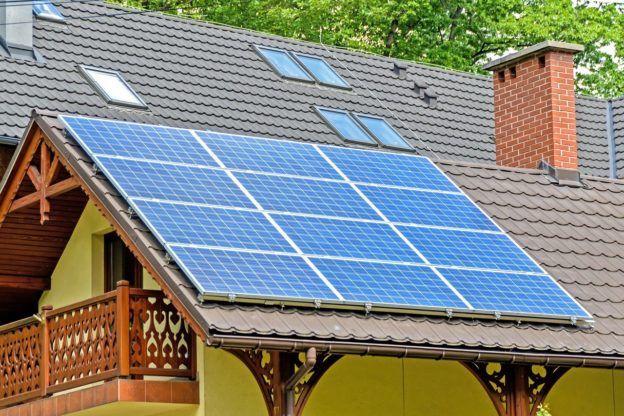Why The Us Is Not Ready For Clean Energy?
The United States faces major challenges in transitioning to clean energy sources like wind and solar power. Despite having ample renewable resources, the US lacks the infrastructure, regulations, and political will for a rapid transition away from fossil fuels. The nation’s energy grid and policies are deeply entrenched in carbon-emitting sources like coal and natural gas. Shifting to renewables will require massive investments, changes to electricity markets, upgrades to energy transmission, reform of utility business models, and overcoming political resistance. This article examines the key obstacles preventing the US from being ready to embrace clean energy.
Cost and Affordability
The upfront costs of building new renewable energy facilities like solar and wind farms are still higher than continuing to operate existing fossil fuel power plants in many cases. While the “fuel” costs of solar and wind are free once built, the initial capital costs can be 2-5 times higher per megawatt of capacity compared to a natural gas power plant according to IRENA data (source). And many existing coal and natural gas plants have already paid off much of their original construction costs and can generate cheaply.
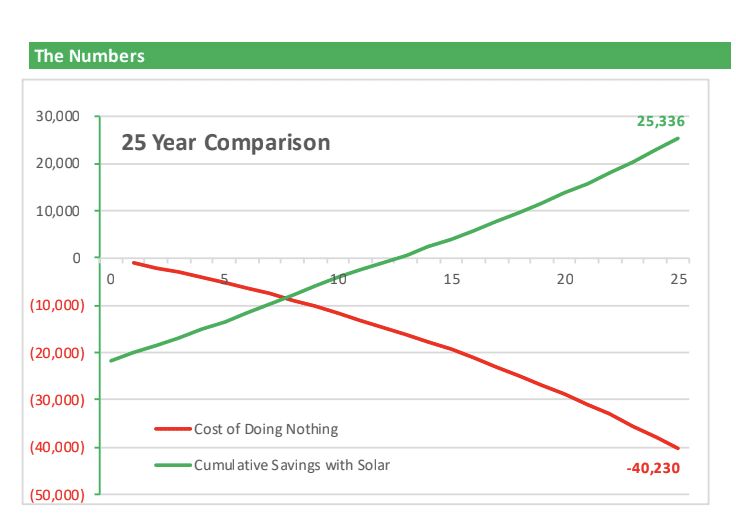
So while renewable energy costs are dropping, the total expense is still prohibitive in some cases relative to keeping older fossil fuel plants online. Government subsidies and long-term power purchase contracts can help offset these high upfront expenses. But the initial outlay remains challenging for cash-strapped utilities to take on.
Intermittency Problems
One of the biggest challenges with renewable energy like solar and wind is intermittency, meaning they cannot generate power consistently 24 hours a day (Renewable Energy Intermittency Explained: Challenges, Solutions and Opportunities – Scientific American). Solar only works when the sun is shining, and wind turbines only spin when the wind is blowing. This variability and unpredictability makes it difficult to integrate large amounts of solar and wind onto the electric grid, compared to more reliable baseload power like natural gas, coal, hydroelectric, and nuclear.
According to EnergyX, the intermittency problem causes instability on the grid and complications for grid operators to match supply and demand in real-time. Solar peaks at midday but drops in the evening when demand is still high. Wind patterns can shift within hours or days. This intermittency requires expensive battery storage solutions or quick-ramping natural gas plants to fill in the gaps when renewable output falls.
Regions with high renewable penetration like California are already dealing with negative pricing, oversupply issues, and curtailment when solar and wind farms generate more power than the grid can handle. Intermittency also causes reliability concerns and forces grid operators to maintain backup thermal plants that may sit idle for long periods. Until better grid-scale storage is available, intermittency will limit how much renewable energy can realistically be integrated.
Transmission Challenges
The United States currently faces major challenges in upgrading and expanding its electric transmission grid to transport renewable energy from where it is generated to where it is needed. The existing transmission infrastructure was not designed to handle the amount of wind and solar power necessary to transition to a clean energy future. Most of the best sites for generating renewable power, such as the Great Plains for wind and the Southwest for solar, are located far from major population centers that need the electricity.
Massive investments are required for new long-distance, high-voltage direct current (HVDC) transmission lines to get clean electricity to where people live. According to the Department of Energy, interregional transmission planning and development must increase by 60% by 2030 and 90% by 2050 under a net-zero scenario [1]. The recently passed Bipartisan Infrastructure Law provides $2.5 billion for transmission infrastructure, but experts say this is only a fraction of what is needed [1].
Upgrading transmission will be complex and expensive, often crossing multiple states and jurisdictions. New projects face challenges obtaining siting approvals and permits. Opposition groups frequently object to proposed routes and delays are common. Without major progress expanding transmission soon, the unreliable and congested grid could hinder growth in renewable energy and threaten reliability.
Investment Shortfalls
One of the biggest challenges facing the transition to clean energy in the US is insufficient investment in research, development, and infrastructure. According to the International Energy Agency (IEA), global investment in clean energy hit $1.4 trillion in 2022, nearly triple the amount invested in fossil fuels [1]. However, the US trails other countries when it comes to investing in renewable energy infrastructure and R&D. In 2021, China invested $266 billion in clean energy while the US invested just $105 billion [2].
To transition away from fossil fuels, the US needs to rapidly scale up investment in clean energy technology like wind, solar, batteries, electric vehicles, and more. Trillions of dollars are required to overhaul energy grids, build renewable capacity, electrify transportation, and develop innovative technologies. Insufficient investment makes it harder to retire coal and natural gas plants while ensuring reliable electricity supply from intermittent sources like wind and solar. The US also lags in R&D funding that can drive down costs and improve performance of emerging clean energy solutions.
Employment Disruptions
The transition to clean energy could lead to significant job losses in the coal, oil and gas industries. According to a report by Resources for the Future, a shift to net-zero emissions by 2050 could result in a net loss of over 1 million jobs in the fuels sector by 2035 (Jobs Impacts of US Clean Energy Growth). The fuels sector currently employs around 1.5 million workers, with over 644,000 working in fossil fuel extraction alone.
Workers in fields like coal mining and power plant operation tend to have specialized skills not easily transferable to clean energy jobs. And many fossil fuel jobs are concentrated in rural areas without abundant employment alternatives. This could devastate local economies that have depended on the fuels industry for generations.
Unless displaced workers can transition to new careers, the shift to renewable energy may leave many unemployed. Proactive policies to provide job retraining, relocation support, and economic revitalization will be needed to ensure a just transition.
Geographical Limitations
One of the main geographical limitations for renewable energy in the US is that the best solar and wind resources are often located far from major population centers that need the electricity. According to the Solar Resource Maps from the National Renewable Energy Lab (NREL), the Southwest has the highest photovoltaic solar potential, but population density is relatively low there compared to coastal cities or the Midwest. The Midwest has the greatest wind energy potential based on NREL data, but demand is highest on the coasts.
Transmitting electricity over long distances leads to power losses along the way. Building long transmission lines from prime renewable resources to high electricity demand areas is costly and faces siting challenges. Lack of transmission capacity from generation source to end use limits growth of renewables. Upgrading transmission infrastructure requires substantial investment and multi-state coordination. Until major transmission projects can interconnect western renewables to eastern cities, geography remains a barrier.
Regulatory Barriers
The US energy system is highly regulated at the federal, state, and local levels. However, many of these regulations were designed for fossil fuel-based energy and hinder the adoption of renewable sources. Outdated permitting processes are a major roadblock, often taking years for approval even when projects have community support. For example, offshore wind projects can involve over 10 federal and state agencies, requiring permissions from each one (Enerdatics, 2023). Additionally, interconnection standards make it difficult for distributed renewable energy like rooftop solar to connect to the grid. Updating regulations to streamline and accelerate permits, adjust grid management rules, and create nationwide standards would go a long way towards enabling the transition to clean energy.
Public Opinion
While a majority of Americans support transitioning to renewable energy sources, public misconceptions still persist. A 2022 Pew Research poll found that 69% of Americans believe developing renewables should be the country’s priority over expanding fossil fuels [1]. However, only 44% think a transition would create jobs and just 33% believe it would benefit the economy. Many are concerned about affordability, with 79% saying energy costs are a very big or moderately big problem [2]. While clean energy has become cost competitive and creates more jobs per unit energy than fossil fuels, misperceptions persist. More education is needed on the economics, reliability, and job creation potential of renewable energy.
Political Opposition
There is strong political opposition and lobbying against clean energy mandates in the United States, especially from fossil fuel interest groups. The fossil fuel industry sees clean energy as a direct threat to their business model and profits, so they fund campaigns to block policies that would accelerate the transition. For example, many states have renewable portfolio standards that require utilities to source a certain percentage of electricity from renewables. Fossil fuel lobbying groups consistently try to prevent these standards from being implemented or expanded. At the federal level, tax credits and subsidies for wind and solar power are often allowed to expire due to pushback from fossil fuel supporters in Congress. The end result is that the growth of clean energy in the U.S. is being artificially suppressed compared to its true market potential. Overcoming this political opposition will be critical for enabling the nation’s transition to a low-carbon economy.

